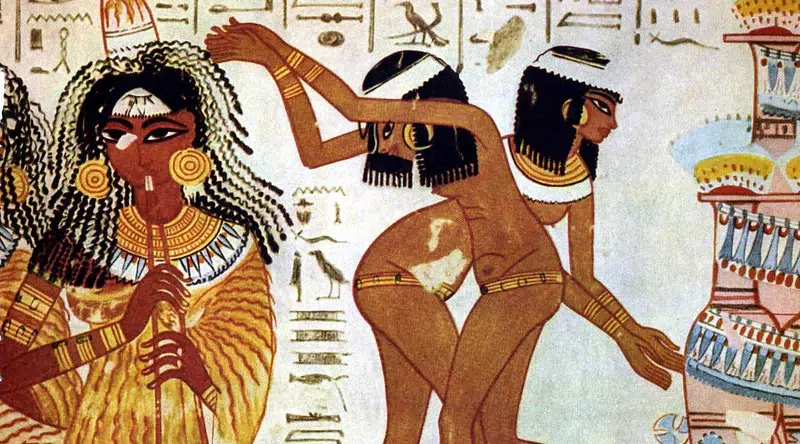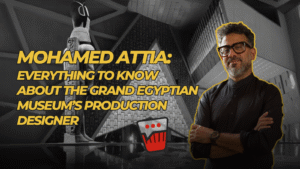When Dina announced her academy, the outrage said more about how Egyptians treat belly dancing today than about the dance itself.
At El-Shai, we’re choosing a different path. We’re celebrating the art form, tracing its journey through history, and giving it the respect it deserves. And to do that, we start at the beginning—Ancient Egypt.

Dance in Ancient Egypt
Egyptians danced everywhere: temples, weddings, funerals, festivals, and private banquets. Wall paintings and carvings show women arching torsos, twisting hips, and raising arms in ways that feel familiar.
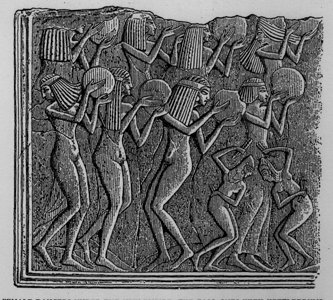
You look at them and think belly dancing. But those images don’t give us choreography. They don’t reveal the rhythm, timing, or intention.
Ritual and Fertility
Dance wasn’t entertainment for its own sake. Egyptians performed for Hathor, goddess of love and fertility, and Bes, protector of childbirth.
Scholars believe hip and torso movements symbolized fertility, sometimes even imitating childbirth. These weren’t stage acts. They were rituals tied to life, family, and spirituality.
Social and Community Roles
Beyond temples, dance appeared at banquets for the elite and in community celebrations. It wasn’t separated into “art” and “entertainment” like today. It was part of everyday life, woven into joy, ceremony, and memory.
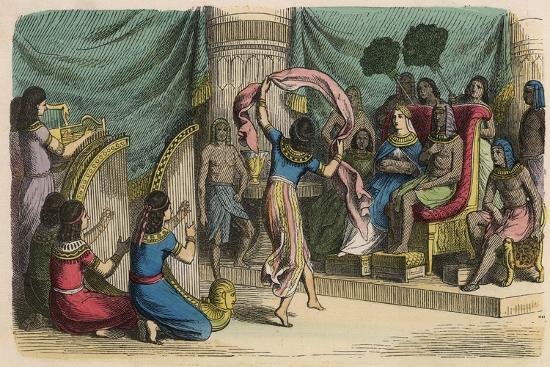
The Myth of Origins
So why do people insist on the link? In the 19th and 20th centuries, Western travelers romanticized Egypt. They wanted exotic backstories. Hollywood followed with images of Cleopatra belly dancing. None of it is real history. It’s myth-building.
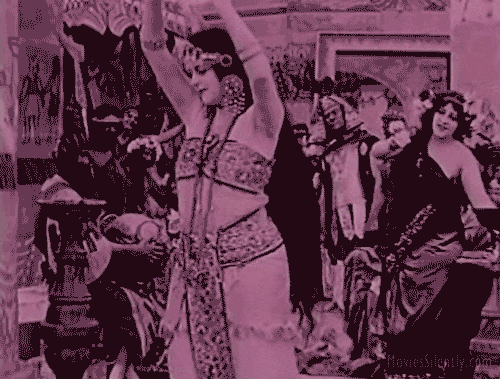
So is Belly Dancing an Ancient Egyptian Dance?
No. Modern belly dance did grow in Egypt. It took shape in cabarets and cinema, while absorbing influences from Turkey, Persia, the Levant, and North Africa.
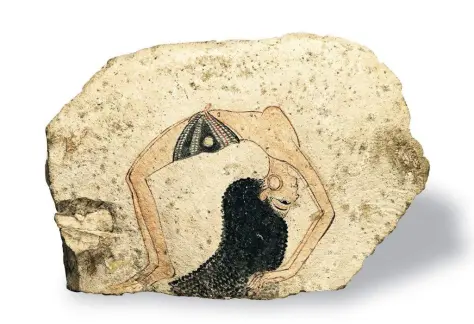
Ancient Egyptian traditions played a role, but they were just one ingredient in a much bigger cultural blend. It wasn’t a straight line from the pharaohs to Cairo’s stages.

